The Persona Project & Peedy the Parrot - Resources
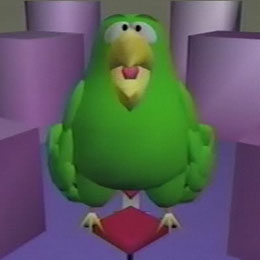 |
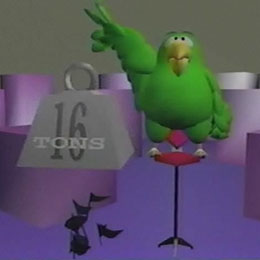 |
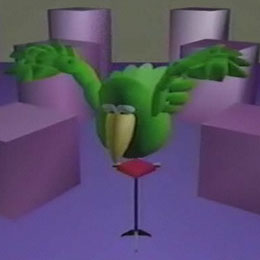 |
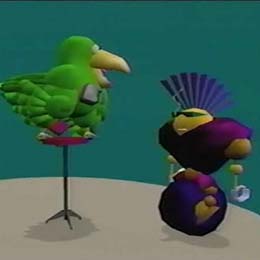 |
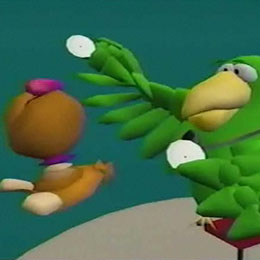 |
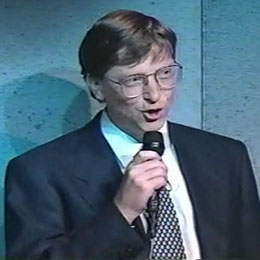 |
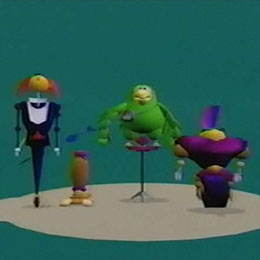 |
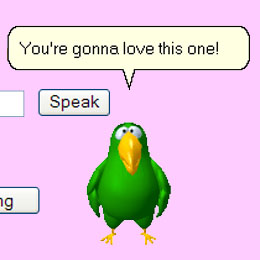 |
| Overview |
The Persona project at Microsoft Research was an attempt to advance the state-of-the-art in user interfaces by making them more engaging, assistive, and natural. Early interfaces were command-line based, and then transitioned to the WIMP (Windows, Icon, Menus, Pointer) interfaces that are still prevalent today. In the Persona project, we aimed to develop interface technology that would open up computers to the large number of users who are still intimidated and confused by WIMP interfaces, by creating a 3D animated agent that would respond to real conversational requests. The numerous components of Persona included:
For more information on the components, and how they worked together, please read the chapter from the book, "Software Agents", cited below. The sequence of animations that could be performed at any given time was intially specified as a state machine. As the universe of the agent's actions grew, it became more and more complex and error-prone to specify this sequencing. The reason for this is that each of the multitude of animation action scripts could only be executed in a very specific context. For example, if the agent were in a deep sleep state and received a request to search for a particular tune in the library, the agent would need to wake up and stand first. Otherwise, the resulting animation would be totally wrong. DJ Kurlander's particular role on the project was to develop the new animation sequencer. To do so, he developed an Artificial Intelligence (AI) planning-based specification, in which all animation scripts included preconditions and postconditions. Since AI-type planning can be a slow process, DJ had a precompilation step in which all the planning was done up front and converted into a state machine that would execute efficiently at run-time. This work is described in his CHI '95 paper. The Persona project was successful in that it motivated research that helped advance the state-of-the-art in animated agent-based research. However, Persona was not successful in delivering an interface that everybody could use with ease. One of the main difficulties was in creating comprehensive enough dialog management, and the extent of this challenge was uncovered in some wizard-of-oz studies. These challenges and general lessons learned are described in the Imagina '98 paper cited below. |
| History |
Microsoft's User Interface and Graphics Research Group began work on Persona in 1993. Persona was a large, multidisciplinary effort, and everyone within the group had a role. Team members included Gene Ball, David Thiel, Tim Skelly, Andy Stankosky, Maarten van Dantzich, David Pugh, Dan Ling, John Miller, Trace Wax, and David (DJ) Kurlander. The project also made heavy use of components built by other parts of Microsoft Research (particularly speech and natural language). The specific interface that we built as our primary test-bed was "Peedy the Parrot", a 3D animated parrot that served as an interface to a music library. Peedy could handle requests like "What do you have by Madonna?" and "Play something classical", and Peedy would issue follow up questions when necessary. Peedy was engaging, with some humor and high production values thanks to Tim Skelly on animation and David Thiel on audio. Yes, that's David Thiel's voice in the Peedy videos. I am sure that he doesn't want that widely shared, but this is only the World Wide Web. Two videos of Peedy are also linked below, including one made for the CHI '95 paper, and another of the Peedy demo in Bill Gates' 1995 Winter CES speech. That's Gene Ball up on stage with Bill. At the time that this work was done, animated agents were quite the trend at Microsoft. The Microsoft 'Bob' effort was under way, and animated help agents were being added to Microsoft Office (Clippy) and Windows document search. Some of those efforts received negative feedback due to the significant limits on the abilities of the agents, and the perhaps inappropriate contexts in which agents were used. A somewhat more successful application was Tandy Trower's Microsoft Agents software, which allowed scripted animated agents to be written for applications and the web. Tandy borrowed the visuals of Microsoft Research's Peedy the Parrot for one of these agents. Also, DJ Kurlander later developed "Comic Chat" within Microsoft Research - a program that allowed people to chat together with comic representations. It became a very successful application with millions of users. |
| Publications |
| Videos |
| Also See |